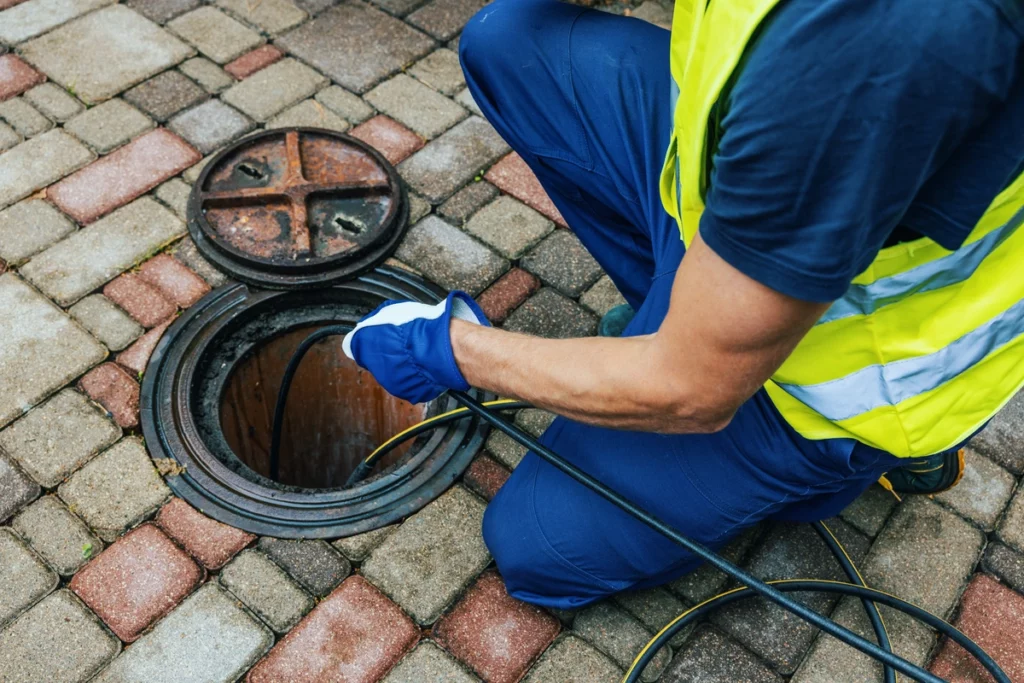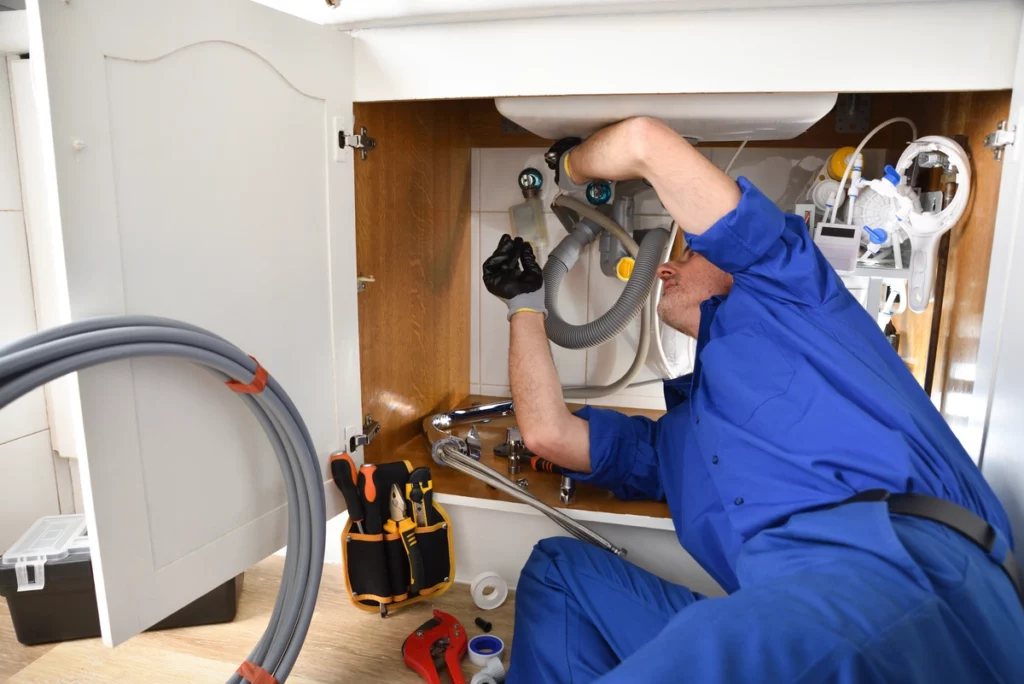A sump pump may not be the most glamorous household appliance, but it plays a crucial role in protecting your home from the devastating effects of water damage. A sump pump is your first line of defense, whether you:
- Live in an area prone to heavy rainfall
- Have a high water table, or simply
- Want to safeguard your basement from potential flooding
However, like any mechanical device, sump pumps require regular maintenance and testing to ensure they function properly when you need them most. In this blog post, we’ll delve into what a sump pump is, why you should get it tested, what the testing involves, how often you should get it tested, and the telltale signs of sump pump failure.
Keep reading to become a sump pump testing expert!
What is a Sump Pump?

A sump pump is a specialized device installed in the lowest part of your basement or crawl space. Its primary function is to prevent water from flooding your basement by removing excess water that collects in a sump pit. The sump pit is a small, usually cylindrical container that collects water from the surrounding area, either through natural groundwater infiltration or drainage systems.
When the water level in the sump pit reaches a certain point, a float or pressure sensor triggers the sump pump to activate. The pump then pumps the accumulated water away from your home, directing it to a safe location, such as a storm drain or an area where it won’t cause damage.
Why Should You Get Your Sump Pump Tested?
While sump pumps are designed to work reliably when needed, they can still encounter issues or fail due to various reasons. Getting your sump pump tested regularly is essential for several reasons:
- Ensuring Reliability: Regular testing helps confirm that your sump pump is in good working order and can effectively handle excess water in case of a flooding event.
- Preventing Basement Flooding: A failed sump pump can result in basement flooding, causing extensive damage to your property, including structural damage, mold growth, and ruined belongings.
- Increasing Longevity: Routine testing and maintenance can extend the lifespan of your sump pump, saving you money in the long run.
- Peace of Mind: Knowing that your sump pump is functioning correctly provides peace of mind, especially during heavy rain or when you’re away from home.
6 Step Sump Pump Testing
Sump pump testing involves a series of steps to evaluate the pump’s performance and overall condition. Here’s a breakdown of the testing process:
1) Visual Inspection 🔍
Start by conducting a visual inspection of the sump pump and the sump pit. Look for any signs of damage, debris, or obstructions that could hinder the pump’s operation. Ensure that the discharge pipe is clear and properly positioned.
2) Power Test ⚡️
Test the sump pump by plugging it in or turning it on, depending on your pump type. Observe its startup and operation. Listen for any unusual noises, which may indicate a problem with the motor or impeller.
3) Float Test 🛟
The float switch is a critical component that triggers the pump to turn on when water reaches a certain level in the sump pit. Gently lift the float to simulate rising water levels and ensure that the pump activates as expected.
4) Water Test 💧
Pour a bucket of water into the sump pit to simulate a flooding scenario. Verify that the pump responds promptly and effectively pumps out the water. Pay attention to how quickly it drains the pit.
5) Check Valve Inspection ✅
Ensure that the check valve in the discharge pipe is functioning correctly. The check valve prevents water from flowing back into the sump pit after the pump has expelled it.
6) Battery Backup Test (if applicable) 🔋
If your sump pump has a battery backup system, test it to make sure it works in case of a power outage. This is crucial for maintaining protection during storms.
How Often Should You Get Your Sump Pump Tested?
The frequency of sump pump testing depends on several factors, including your location, the age of the pump, and local weather patterns. However, as a general guideline:
- Annual Testing: It’s a good idea to perform a comprehensive sump pump test at least once a year. This helps catch any potential issues before they become critical.
- Seasonal Checks: Consider checking your sump pump at the beginning of the rainy season and after prolonged periods of heavy rainfall to ensure it’s ready for action.
- Older Pumps: If your sump pump is older or has a history of problems, more frequent testing, every six months or even quarterly, may be advisable.
- Professional Inspection: In addition to your own testing, consider scheduling a professional inspection every few years to assess the pump’s condition thoroughly.
5 Signs of Sump Pump Failure

In between scheduled tests, keep an eye out for the following signs of sump pump failure:
1) Unusual Noises 👂
Grinding, clanking, or loud noises coming from the sump pump could indicate mechanical problems.
2) Frequent Cycling 🚲
If your sump pump is turning on and off frequently without a significant increase in water level, it may be struggling to keep up with incoming water, signaling an issue.
3) Water in the Basement 💧
The most obvious sign of sump pump failure is water in your basement or crawl space.
4) Visible Damage 🏚️
Any visible damage to the pump or its components should be addressed promptly.
5) Age 👵🏼
If your sump pump is approaching or past its expected lifespan (typically around 10 years), it’s more susceptible to failure and should be closely monitored.
Get Help Testing A Sump Pump
Regular sump pump testing and maintenance are essential to ensure that this unassuming appliance is ready to spring into action when needed most. Remember, prevention is always more cost-effective than dealing with the aftermath of a flooded basement.
When you are in need of a professional plumber to assist you in your sump pump maintenance, call on AJ Alberts! Whether you need a new sump pump or want to make sure that your current one is working properly, we can help. Contact us today to set up your appointment!







